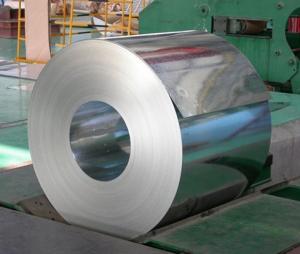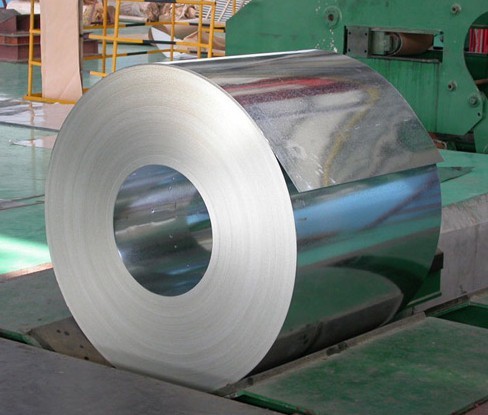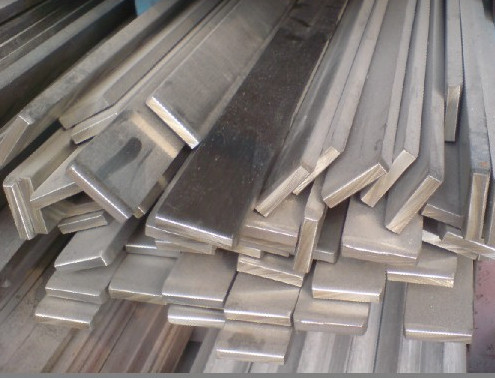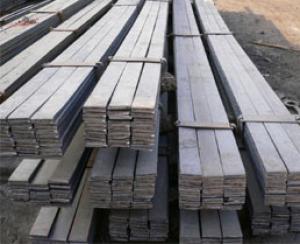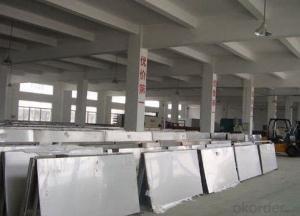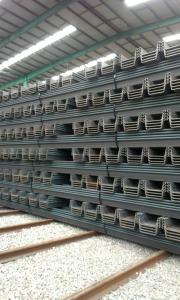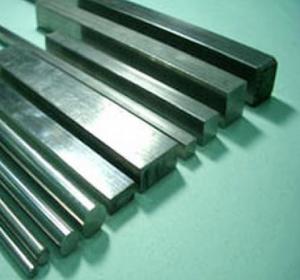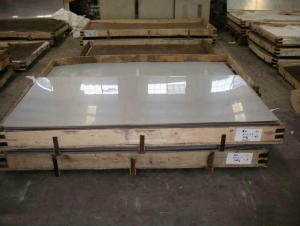High Quality Stainless Steel Profile Weld Pipe
- Loading Port:
- Shanghai
- Payment Terms:
- TT OR LC
- Min Order Qty:
- 50 m.t.
- Supply Capability:
- 5000 m.t./month
OKorder Service Pledge
OKorder Financial Service
You Might Also Like
Product Introduction of High Quality Stainless Steel Profile Weld Pipe:
Our Stainless Steel products including the stainless steel sheet/plate, stainless steel coil, stainless steel rod/bar, stainless steel angle, stainless steel strip, stainless steel flat, carbon steel products and alloy steel materials. It also can supply the processing of surface, like No.4, BA, HL, SB, 8K, and so on.
Loading Quantity of High Quality Stainless Steel Profile Weld Pipe: 25 Tons/20FCL.
Grade of High Quality Stainless Steel Profile Weld Pipe: 201, 306, 316 Etc.
Delivery Time of High Quality Stainless Steel Profile Weld Pipe: 20 days Per Container.
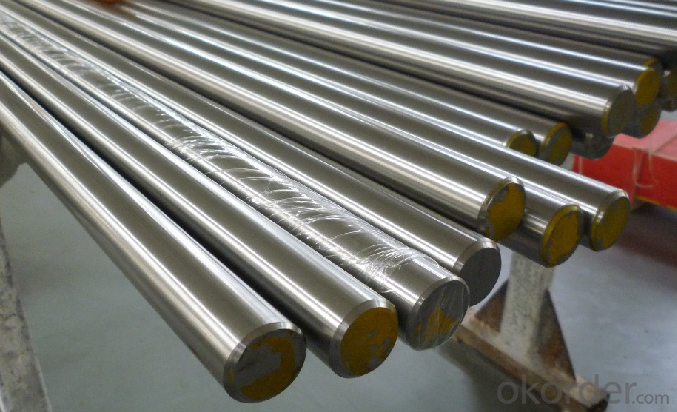
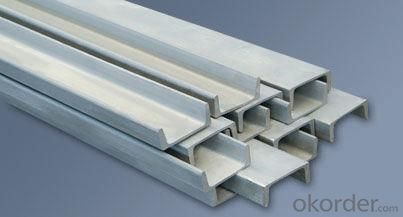
Application of High Quality Stainless Steel Profile Weld Pipe:
| Finish | Thickness | Characteristics | Applications |
| No. 1 | 3.0mm~50.0mm | Finished by hot-rolling, annealing and pickling, characterized by white pickled surface | Chemical industry equipment, Industrial tanks |
| No. 2B | 0.3mm~6.0mm | Finished by heat treatment, pickling after cold rolling, followed by skin pass line to be more brighter and smooth surface | General Application Medical Instruments,Tableware |
| No. BA (Bright Annealed) | 0.5mm~2.0mm | Bright heat treatment after cold rolling | Kitchen utensil, kitchen ware,architectural purpose |
| No. 4 | 0.4mm~3.0mm | Polishing with No. 150 to No.180 mesh abrasivesThe most popular finishes | Milk & Food processing acilities, Hospital Equipment, Bath-tub |
| HL(Hair Line) | 0.4mm~3.0mm | Finished by continuous linear polishing | Architectural purposes, escalators, kitchen ware vehicles |
Packaging & Delivery of High Quality Stainless Steel Profile Weld Pipe:
| Packaging Detail: | standard seaworthy export package or as customers required |
| Delivery Detail: | Normally according to the order quantity or upon negotiation. |
Specification of High Quality Stainless Steel Profile Weld Pipe:
1).Standard : GB,ASTM,AISI,JIS,SUS,EN
2).Material : 304,304L,304N,304LN,301,305,309S,310S,316,316L,316N,316LN,316Ti,
317,317L,321,347,201,202
3).Outside Diameter: From 4mm to 2500mm(1/8''inch-120''inch)
4).Wall Thickness : Sch5S-SchXXS(1mm-150mm)
5). Length : 3m,4m,5.8m,6m,12m or as required
6). Chemical composition:
7).Surface :Annealing ,polish,pickling,bright ,sand blast ,etc
8).Packing: 1.plastic cap with both ends 2.steel strip bundled package3.wooden case,wooden
pallet package4.container or bulk 5. as customers' requestment
9).Application:petroleum ,chemical industry,bolier ,heat exchange,high temperature
resistant transmission fluid pipe in power station,ship with pressure pipe,construction
and so on
FAQ
Q: CAN YOU PROVIDE MILL TEST CERTIFICATE?
A: YES! Mill Test Certificate for High Quality Stainless Steel Profile Weld Pipe are available.
Q: CAN YOU MAKE DDQ (DEEP DRAWING QUALITY)?
A: YES. Our material has been widely used for producing Stainless Steel Pots and Stainless Steel Sinks, which have strict request for good deep drawing quality.
Q: HOW TO GET A SAMPLE?
A: FREE samples for High Quality Stainless Steel Profile Weld Pipe are available for your checking and testing. And to get free samples, you need to send us you detailed receiving address (including post code) and your DHL/FedEx/UPS account for collecting samples, courier cost will be paid in your side.
- Q: Can stainless steel sheets be used for electrical conductivity?
- Yes, stainless steel sheets can be used for electrical conductivity as they have relatively low electrical resistance and are often used in applications where electrical current needs to flow efficiently.
- Q: Are stainless steel sheets magnetic?
- Yes, stainless steel sheets can be magnetic depending on the composition and treatment of the alloy.
- Q: What are stainless steel sheets made of?
- Stainless steel sheets derive from a steel alloy comprising at least 10.5% chromium. By introducing chromium, a passive film forms on the steel's surface, rendering it resistant to corrosion and staining. Besides chromium, stainless steel sheets might incorporate additional elements like nickel, molybdenum, and nitrogen, heightening their mechanical properties and corrosion resistance. The precise composition of stainless steel sheets can fluctuate based on the intended properties and applications.
- Q: What are the different types of stainless steel sheet finishes for pharmaceutical applications?
- There are several different types of stainless steel sheet finishes that are commonly used in pharmaceutical applications. These finishes are designed to provide specific characteristics and properties to meet the requirements of pharmaceutical manufacturing processes. 1. No.1 Finish: This is the most basic stainless steel sheet finish, characterized by a dull, rough surface. It is typically used for applications where appearance is not a concern, but corrosion resistance and durability are important. 2. No.2D Finish: Also known as a "dull" finish, this type of finish has a slightly smoother surface than No.1 finish. It is achieved by cold rolling the stainless steel sheet and then annealing it. No.2D finish is commonly used in pharmaceutical applications where a smooth surface is required for easy cleaning and maintenance. 3. No.2B Finish: This is one of the most popular finishes for stainless steel sheets in pharmaceutical applications. It has a smooth, reflective surface that is achieved by cold rolling, annealing, and then pickling or passivating the stainless steel sheet. No.2B finish provides excellent corrosion resistance and is easy to clean, making it suitable for pharmaceutical environments. 4. No.3 Finish: This type of finish has a semi-reflective surface with a slightly coarse texture. It is achieved by using a fine abrasive material to polish the stainless steel sheet. No.3 finish is commonly used in pharmaceutical applications where a decorative appearance is desired, while still maintaining good corrosion resistance. 5. No.4 Finish: This is a popular finish for stainless steel sheets in pharmaceutical applications that require both a decorative appearance and good corrosion resistance. It has a brushed appearance, achieved by using a fine abrasive material in a linear motion. No.4 finish also provides a smooth surface that is easy to clean. 6. No.6 Finish: This type of finish is achieved by using a fine abrasive material in a circular motion, resulting in a satin-like appearance. No.6 finish is commonly used in pharmaceutical applications where a high-quality aesthetic finish is desired, such as for equipment that is visible to patients or visitors. In conclusion, the different types of stainless steel sheet finishes for pharmaceutical applications offer a range of characteristics and properties to meet the specific needs of the industry. Whether it is for corrosion resistance, easy cleaning, or a decorative appearance, there is a suitable finish available for every pharmaceutical application.
- Q: Which is better, stainless steel plate kitchen?
- Popularly speaking, stainless steel is not easy to rust steel, in fact, part of stainless steel, both rust resistance, but also acid resistance (corrosion resistance). Stainless steel stainless steel and corrosion resistance is on the surface of chromium rich oxide film (film) formation. The rust resistance is relative to that of corrosion resistance. The test shows that the steel in the atmosphere, water and other medium and weak acid oxidizing medium, the corrosion resistance increased with the increase of water content of chromium in steel, when the chromium content reaches a certain percentage, the steel corrosion resistance mutation from rust to rust, corrosion and corrosion resistance to never. There are many classifications of stainless steels.
- Q: Can stainless steel sheets be recycled after use?
- Yes, stainless steel sheets can be recycled after use. Stainless steel is a highly recyclable material, and its properties make it ideal for recycling. The recycling process for stainless steel involves melting down the sheets to extract the raw materials, which can then be used to produce new stainless steel products. Recycling stainless steel not only helps conserve natural resources but also reduces energy consumption and greenhouse gas emissions associated with the production of new stainless steel. Therefore, it is highly recommended to recycle stainless steel sheets to promote sustainability and circular economy practices.
- Q: Are stainless steel sheets suitable for chemical storage tanks?
- Yes, stainless steel sheets are suitable for chemical storage tanks. Stainless steel is known for its corrosion resistance and durability, making it an excellent choice for storing various chemicals. It is resistant to many corrosive substances, including acids, alkalis, and solvents, which are commonly stored in chemical storage tanks. Stainless steel sheets also have a high strength-to-weight ratio, allowing for the construction of tanks that can withstand the pressure and weight of the chemicals. Additionally, stainless steel is easy to clean and maintain, making it a hygienic option for storing chemicals. Overall, stainless steel sheets are a reliable and suitable material for chemical storage tanks.
- Q: Can stainless steel sheets be used for railway station facades?
- Railway station facades can indeed utilize stainless steel sheets. These sheets are made from a resilient and corrosion-resistant material, capable of enduring severe weather conditions. As a result, they are well-suited for outdoor applications. Moreover, stainless steel boasts an appealing and contemporary look, making it highly favored in architectural design. Its ease of cleaning and maintenance is also noteworthy, particularly in heavily trafficked zones such as railway stations. All in all, stainless steel sheets prove to be a fitting and pragmatic choice for railway station facades.
- Q: What are the different types of stainless steel sheet alloys?
- There are several different types of stainless steel sheet alloys, each with their own unique properties and characteristics. Some of the most common types include: 1. Austenitic stainless steel: This is the most widely used type of stainless steel sheet alloy. It is known for its high corrosion resistance and excellent formability. Austenitic stainless steel grades include 304 and 316, which are commonly used in various industries such as food processing, pharmaceuticals, and architecture. 2. Ferritic stainless steel: This type of stainless steel sheet alloy has a higher carbon content and lower chromium content compared to austenitic stainless steel. Ferritic stainless steel is known for its good corrosion resistance and high strength. It is often used in applications where high temperature resistance is required, such as automotive exhaust systems. 3. Martensitic stainless steel: Martensitic stainless steel sheet alloys have a higher carbon content and lower chromium content compared to both austenitic and ferritic stainless steels. They are known for their high strength and hardness, as well as their good corrosion resistance. Martensitic stainless steel grades are commonly used in applications such as cutlery, surgical instruments, and turbine blades. 4. Duplex stainless steel: This type of stainless steel sheet alloy is a combination of austenitic and ferritic stainless steels. It offers a good balance of strength and corrosion resistance, making it suitable for a wide range of applications. Duplex stainless steel grades are commonly used in the chemical processing, oil and gas, and marine industries. 5. Precipitation-hardening stainless steel: This type of stainless steel sheet alloy is heat treatable and can achieve high strength and hardness through a precipitation-hardening process. Precipitation-hardening stainless steel is commonly used in aerospace and defense applications, where high strength and corrosion resistance are critical. These are just a few examples of the different types of stainless steel sheet alloys available. The choice of alloy depends on the specific application requirements, such as corrosion resistance, strength, and temperature resistance.
- Q: Can stainless steel sheets be custom-cut?
- Stainless steel sheets have the capability to be tailored to specific sizes and dimensions. This adaptable material can be easily molded and formed to meet individual needs. The custom-cutting of stainless steel sheets is widely practiced across multiple industries, including construction, manufacturing, and fabrication. This procedure guarantees a precise fit for various purposes, such as architectural projects, machinery components, or kitchen equipment. Expert metal fabricators or specialized service providers commonly employ advanced techniques like laser cutting, waterjet cutting, or shearing to accurately customize stainless steel sheets according to desired specifications.
Send your message to us
High Quality Stainless Steel Profile Weld Pipe
- Loading Port:
- Shanghai
- Payment Terms:
- TT OR LC
- Min Order Qty:
- 50 m.t.
- Supply Capability:
- 5000 m.t./month
OKorder Service Pledge
OKorder Financial Service
Similar products
Hot products
Hot Searches
Related keywords
